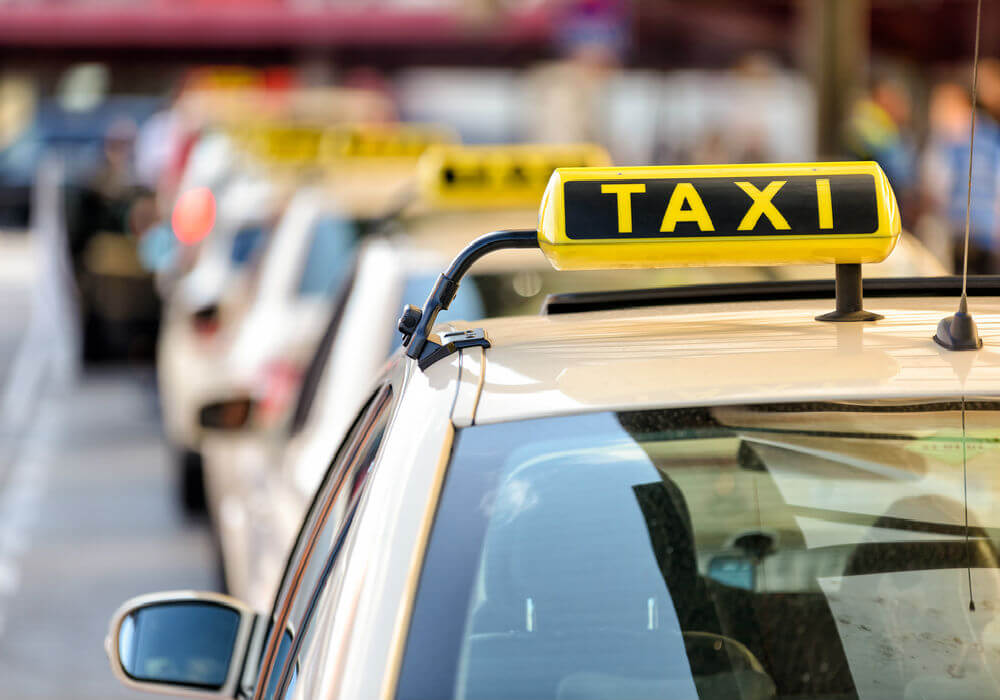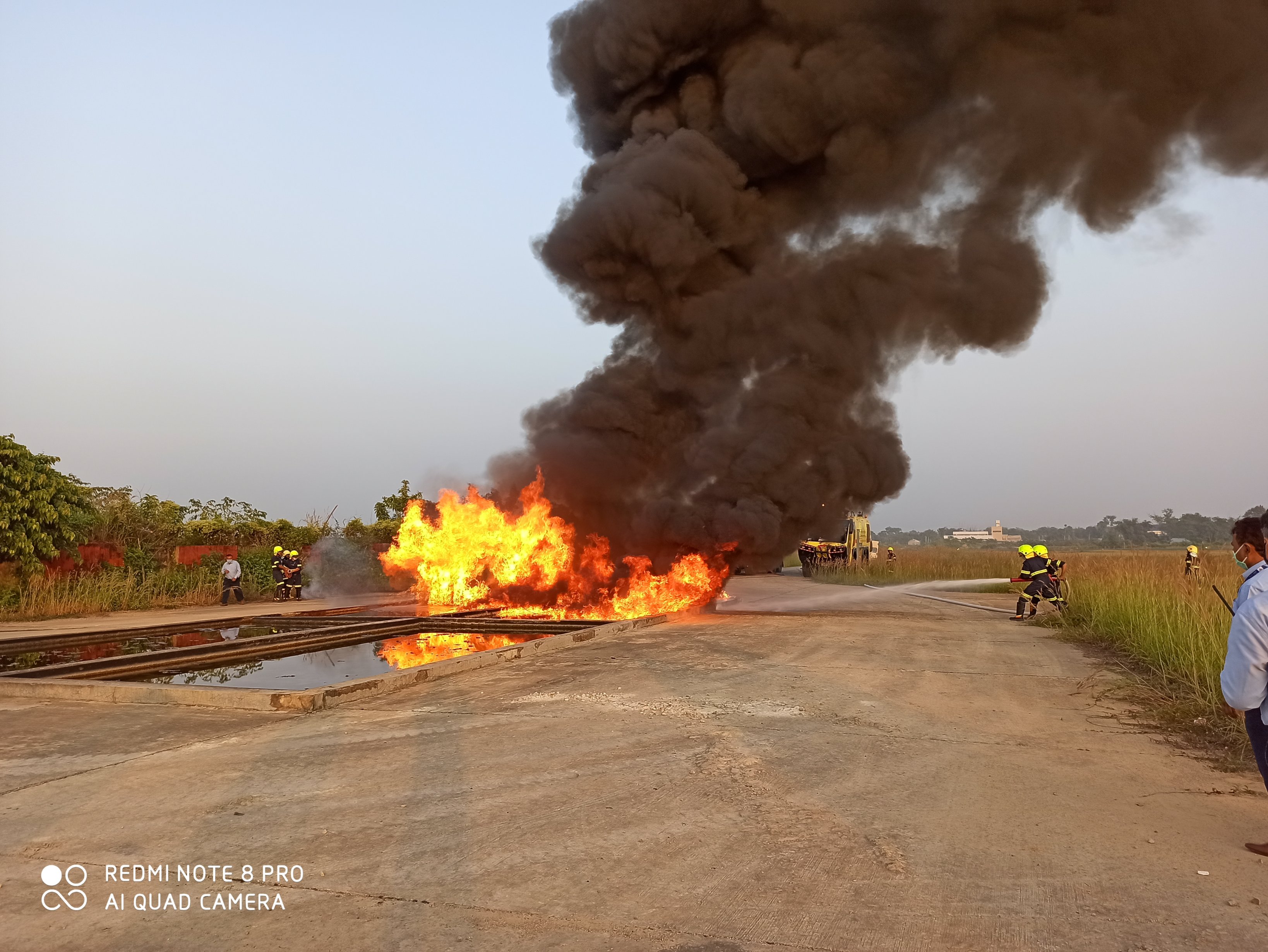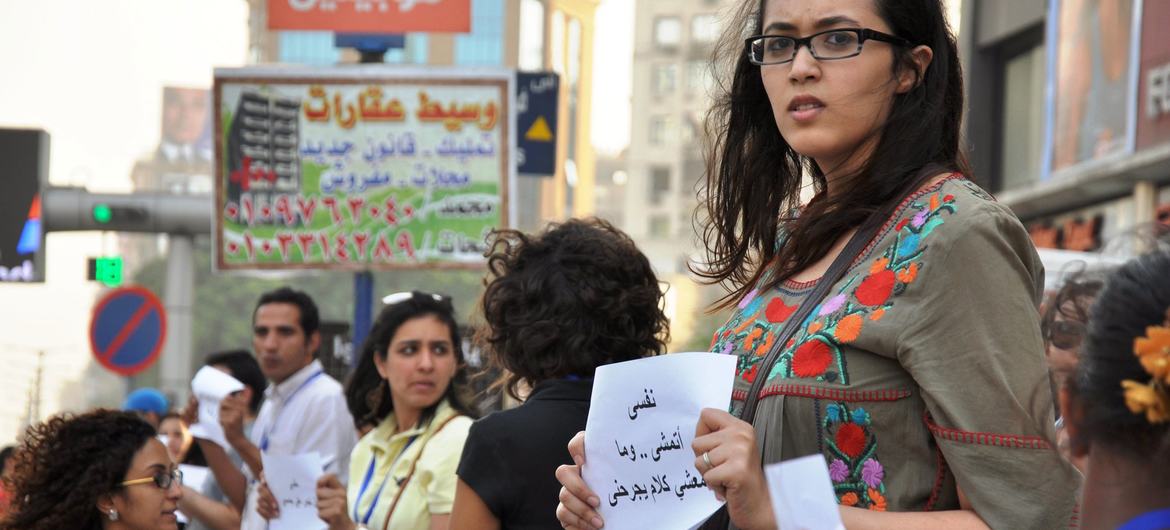However, having earned a place among top ranks in corruption index, India has to avoid providing more scope for corruption on roads to escape heavy fines

Under the new Motor Vehicles (Amendment) Act that has come into force, fine amounts for violation of traffic rules have been heavily raised. The intention, as clarified by Union Minister for Road Transport and Highways Nitin Gatkari is not to garner revenue but to make people follow rules so as to reduce the number of accidents.
Predictably, the steep rise in penalties has provoked wide protests from many State Governments and Parties so much that common road users are inclined to overlook the basic fact: To safeguard the lives and limbs of road users.
The Minister pointed out that in India 5 lakh accidents take place, 1.5 lakh people lose their lives which is the highest record in the world. The majority of deaths are in the 18-35 age-group and the GDP loss due to these accidents is estimated to be 3%.

Besides, this subject falls under the Concurrent List in the distribution of powers between the Centre and States and therefore Central legislation will prevail over the State’s. However, as in all matters in the Concurrent List, responsibility rests both on the Central and State Governments. The Act prescribes maximum and minimum penalties and State Governments are free to fix actual rates within this range.
Though consultations had taken place before passing the law, several State Governments including some BJP-ruled are averse to accepting and enforcing it. The Gujarat Government announced 25% to 90% reductions in penalties stipulated under the Act on what it terms “humanitarian grounds”. In some cases fines have been radically reduced from Rs.10,000 to Rs.1,000. While Uttarakhand has also notified reduced fines, Bihar, Goa, Kerala, Maharashtra, Odisha, and West Bengal have asked for reduction of fines. Punjab has not accepted the new rates.
West Bengal Chief Minister has rejected the penalties as “very harsh” and decided not to implement them. Mamata believes in the “Safe Drive, Save Life” campaign which is already there without effect. “There are so many poor people also, where will they get all this money from”? she asked and has not missed the opportunity to bring in the issue of federalism to criticize the Centre’s move as an interference into the federal structure. This argument has more fun than reason since the fine amount collected will go fully to the State coffers.
Importantly, the World Report on Road Traffic Injury Prevention developed by the WHO and World Bank recommends that each country should prepare a multi-sector national road safety strategy with targets for achievement of specific outcomes and allocation of necessary resources to ensure implementation of necessary activities. Over 150 countries have responded.

The WHO launched a Global Status Report on Road Safety in 2018 and its first report highlights that traffic deaths has reached 1.35 million in the world. In fact, road accident injuries is now the leading cause of death of young people in the 15-29 age-group. The report confirms that proven measures exist and drastic action is needed.
In higher income countries, road accident is among the top 10 causes of “disease burden”. In less developed countries, it ranks 11th among causes of injuries leading to disability and loss of healthy life.
Under the amended Motor Vehicles Act, where no specific penalty was fixed earlier, penalty of Rs.100 for first offence is increased to Rs.500 and for second and subsequent offences from Rs.300 to Rs.1,500.
Dangerous driving, drunken driving, racing and speeding, driving uninsured vehicles, are punished with imprisonment and /or fine. Fine for disobedience of orders, unauthorized use of vehicle without license, driving without license, driving despite disqualification are increased 4,5 and even 10 times. Of these, driving despite disqualification is considered a very serious offence for which the fine is enhanced from Rs.500 to Rs.10,000.
In cities many accidents are caused by minor children driving their parents’ vehicle. This is now a serious offence which might incur cancellation of registration of the vehicle for one year and re-registration only on fresh application. Two new sections 199A and 199B have been added which provide a penalty of Rs.25,000 and imprisonment up to 3 years. The minor will not be able to get license till the age of 25.
Undeniably, protests against the Act sounds like a demand for right to lawless driving. The argument that fines are too high to be borne by ordinary vehicle users is ridiculous.
Nearly half of all traffic deaths worldwide take place in Asia-Pacific region. In developing countries including India, enormous increase of automobiles on the roads and increasing need for mobility besides huge increase in population and road users result in traffic problems.
Among individual countries, Ethiopia has recorded the highest rate of fatalities per vehicle according to the WHO and Uganda ranks second. Pedestrians are most at risk in South Africa, and Ghana.
Also, the WHO, World Bank and European Union have developed comprehensive road safety plans. Road traffic injuries are regarded as an important public health problem at local, regional, national and global levels and some European countries are far ahead of others in taking safety measures.
The Swedish Parliament passed the Road Traffic Safety Bill in 1997 adopting “Vision Zero” based on ethics and science focusing on safety as more important than mobility. It emphasizes collective responsibility of all road users and public authorities. Its strategy — Sustainable Road Safety — aims at complete elimination of deaths and injuries on roads.

Norway also has a “Vision” and National Action Plans involving politicians and the public. In Denmark, a Commission collects detailed information on causes and circumstances of road accidents. Japan follows “People First” policy and submits a White Paper on Traffic Safety every year to Parliament and a panel of experts develop Fundamental Traffic Safety Programme every five years.
In Britain seat belt must be worn by drivers and all passengers and the responsibility for the safety of children in the vehicle is that of drivers. Use of hand-held mobile phones while driving is punished with heavy fines. Penalty points are recorded in the drivers licenses and if they exceed more than12 in 3 years, permit for the vehicle is revoked.
In Japan, road safety receives political support, which stands in sharp contrast to what has come to be known as “VIP Culture” in India. The less said about this the better, for it has reached unbelievable extent throughout the country. The culture of road safety has to be taught as in some countries safety of road users gets high political support.
However, having earned a place among top ranks in corruption index, India has to avoid providing more scope for corruption on roads to escape heavy fines.
Not all accidents are caused by drivers’ fault. While vehicle users must be punished for violation of every rule as prescribed in the Act, accidents must be investigated separately. Condition of roads and other infrastructure must be improved and all kinds of encroachments including posters and banners reducing road space and distracting attention have to be removed to reduce accidents. Road rules must be common for all with exceptions only for extreme emergencies. Ultimately, road safety is a matter of road discipline.





